#squaxin park
Explore tagged Tumblr posts
Text





Not much Fall color yet, but the park was still pretty
4K notes
·
View notes
Text


Weekend wander...
Squaxin Park, WA.
941 notes
·
View notes
Text
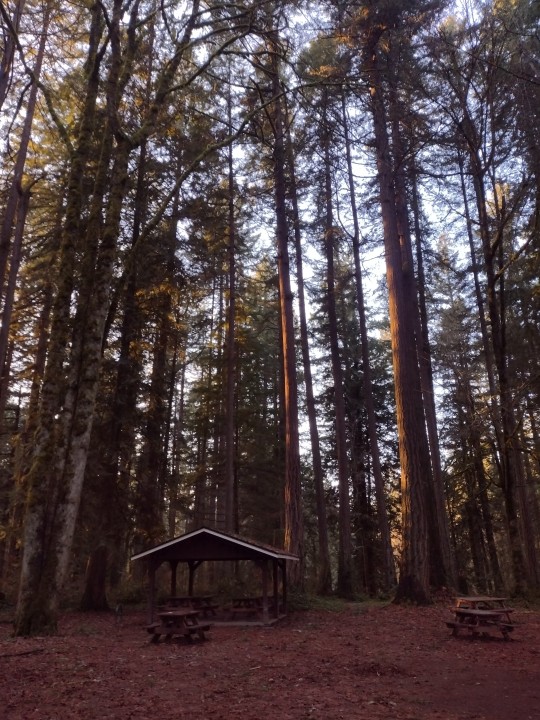
This ain't no picnic
Somewhere in Western Washington 1/24
5 notes
·
View notes
Text
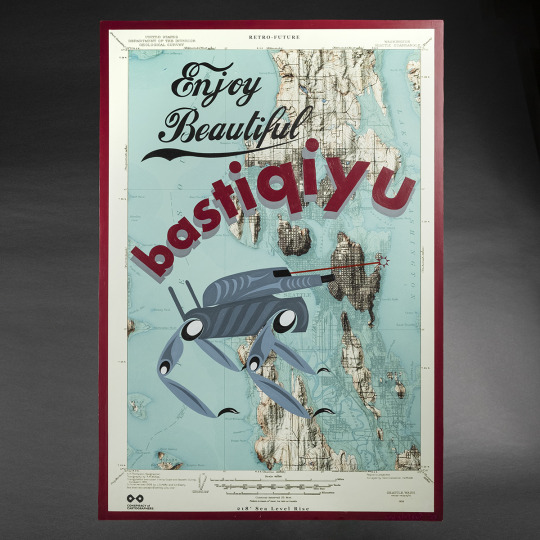
Enjoy Beautiful Bastiqiyu
Joe Wahalatsu? Seymour Jr. (Squaxin/Acoma Pueblo)
archival paper, acrylic paint, birch panel. 35.75” x 24”
Pronounced “Bas-teh-KEE-u” translating to “it has wolves”, referencing the Washington Park neighborhood, approximately just north of Denny Blaine Park.
“Before colonial settlers came to our territories, all the places that now have English names had names in Lushootseed. The paintings in this exhibit pay homage to those names. The names that my ancestors gave to these places were often descriptions of the natural characteristics of the land. “bastiqiyu” translates to “it has wolves,” meaning that you were likely to encounter a wolf at or near that place. “txsIaR” translates into “place of the raven.” It is important to remember these characteristics my ancestors identified and to remember the language that my ancestors spoke.
In this time that governments and institutions are giving “land acknowledgments” before meetings and gatherings, it is very important that we not only acknowledge the land, but that we also acknowledge the language my ancestors spoke and the individual characteristics of the land they lived on.”
#joe wahalatsu? seymour jr#joe seymour jr#wahalatsu?#indigenous art#native art#first nations art#ndn art#squaxin#acoma#pueblo#acoma pueblo
9 notes
·
View notes
Text
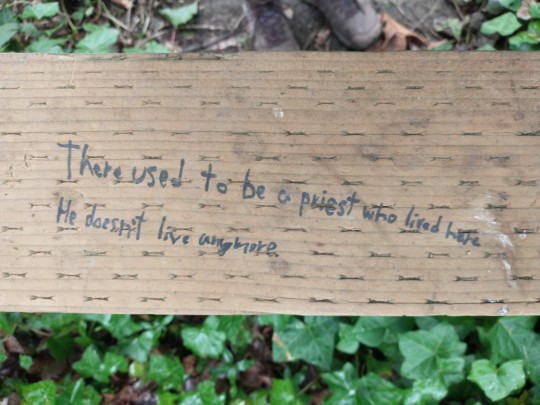
graffiti in Squaxin Park (formerly Priest Point Park)
9 notes
·
View notes
Text
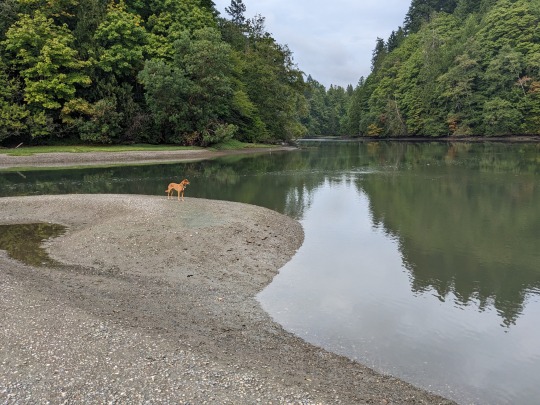
8/31: we spent a whole day exploring olympia. cool town! this is Squaxin Park
1 note
·
View note
Photo

Cold morning at Squaxin Park.
4 notes
·
View notes
Text

Today is Indigenous Peoples' Day. The land currently administered as Mount Rainier National Park has been since time immemorial the ancestral homeland of the Cowlitz, Muckleshoot, Nisqually, Puyallup, Squaxin Island, Yakama, and Coast Salish people. By following elders’ instructions passed through generations, these indigenous peoples remain dedicated caretakers of this landscape. Their traditional knowledge and management of this sacred land will endure in perpetuity, and we honor each nation’s traditions of landscape stewardship in our endeavors to care for, protect, and preserve the resources of the mountain.
NPS Photo ~kl
101 notes
·
View notes
Text


Fall vibes in the South Sound - Squaxin Park
523 notes
·
View notes
Text
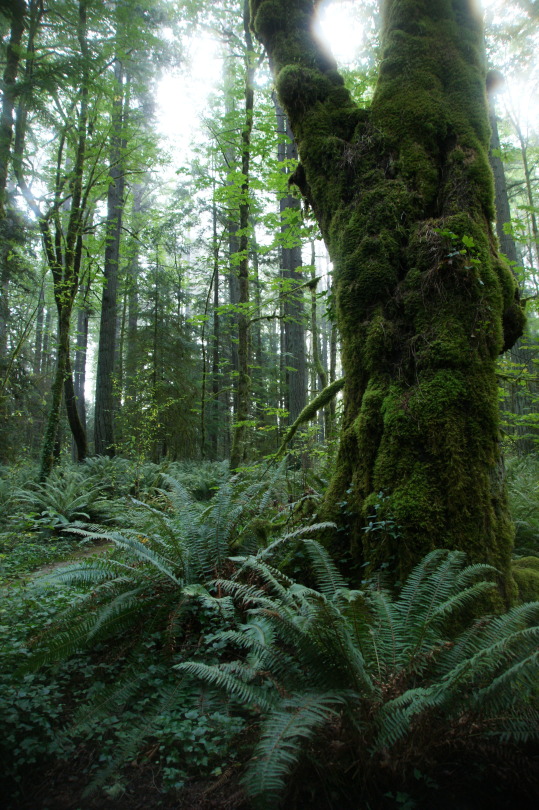

Nice Big Leaf Maple on the north side of the park.
Squaxin Park, WA.
3K notes
·
View notes
Text


From a quick walk in the park today.
2 notes
·
View notes
Text
DERT “Envisioning an Urban Estuary” presentation/workshop
I went to the workshop in Tumwater, which was naturally much more sparsely attended than the Oly version, but had really good information from both Squaxin Tribal Biologist Steve Steltzer and City Councilwoman Nicole Hill.
Naturally everyone there was for removing the 1951 dam -- pro-lake people probably aren’t on DERT’s list -- so it was a very non-contentious community meeting.
List of facts and notes behind the cut.
The salmonid run in the Deschutes is entirely artificial, and started with large scale seeding of the river in the 40s or thenabouts (I knew that bit).
The hatchery at the head of the falls raises chinook, which are all taken out of the river after they make it up the ladder.
Coho and cutthroat are left alone, and breed naturally in the upper reaches of the river (though not well, due to heat and other ‘standard’ issues for salmonids)
The Squaxin have a legend that the Deschutes once supported the Salmon People, but an argument between gods/spirits caused a huge disruption, forming the falls that blocked them.
City of Tumwater IS working on sediment mitigation (logjams, bank management) in Pioneer Park and that other park with the name I forget.
Sediment load in the Deschutes is still large, but has decreased drastically since the early 70s due to improvements in environmental practices (currently 62,000 cubic yards/year, was 87,000. Yay, giving a shit abouty our environment!).
Somewhere between 26% and 32% of sediment is caused by humans. 9% is from logging roads in the Weyerhauser lands upriver.
The City of Tumwater is actively seeking funds to ‘stabilize’ the old Brewery building, by which they mean ‘helping the tower not topple over and kill people’
The City of Tumwater has secured the easement for a walking path from somewhere up around Capitol Way to down by the old brewery building, but won’t start construction until they’ve completed Operation Tower Doesn’t Topple Over And Kill People, so that if the tower DOES topple over there aren’t people there to kill.
SHIPS used to sail to the brewery! Shipping was tidal (in with rising tide, out before low), and they loaded up at the old brewery.
The yacht club existed in basically the same location before the dam went in, so theoretically there are ways they could still exist as a permanent (non-tidal) harbor if the dam is removed in case we care about rich people with yachts.
The lake has a negative effect on dissolved oxygen levels in Budd Inlet, far greater than any other factor
4 notes
·
View notes
Text
WASHINGTON STATE | More than 7,000 Acres of Forest Land Protected in Puget Sound
New Post has been published on https://is.gd/C5zPhy
WASHINGTON STATE | More than 7,000 Acres of Forest Land Protected in Puget Sound
Conservation easement will assure public recreation access while protecting a working forest from development
WASHINGTON STATE– The Trust for Public Land, Green Diamond Resource Company and Washington State Department of Natural Resources (DNR) today announced they have permanently protected 7,391 acres of working forest land in Mason County at the southwestern end of Puget Sound.
The land, located on the Olympic Peninsula between Hood Canal and Case Inlet, will remain in active timber production while protecting water quality and wildlife habitat. It will also be available to the public for hiking, mountain biking and other outdoor recreation. The 7,391 acres protected today is the second phase of a three-phase effort to protect over 20,000 acres of this coastal forest from development in the Puget Sound region. In 2016, 6,967 acres – the project’s first phase – were protected, and earlier this year, Congress appropriated $5.1 million in the 2018 budget to protect the project’s third and final phase. With two metropolitan areas only a half hour away and with high demand for affordable home sites, the land was highly vulnerable to subdivision and development.
“Protecting these productive forestlands from future development safeguards local jobs, keeps vital habitat intact for wildlife and protects the quality of Puget Sound while providing public access for outdoor recreation,” said David Patton, Northwest Area Director for The Trust for Public Land. “This project advances multiple benefits for everyone involved.”
The land is owned by Green Diamond Resource Company, a Washington-based privately held forest products company. Green Diamond will continue to manage it under a conservation easement that guarantees the land will never be developed and will always be open for public recreation. Green Diamond’s lands in Washington state are managed under a Habitat Conservation Plan to protect 51 aquatic and terrestrial species while allowing for forest management.
“Working forests are a major part of Mason County’s economy, and this transaction will help to ensure a healthy forest products industry here for many years to come,” said Blayde Fry, Vice President and General Manager at Green Diamond Resource Company.
The conservation easement was appraised and purchased for $6.634 million. Funding for the purchase came entirely from the USDA Forest Service Forest Legacy Program, which is specifically designed to protect environmentally sensitive forestlands that are threatened by conversion to non-forest uses. The easement will be held by DNR, which will be responsible for long-term monitoring and enforcement of its restrictions.
The FLP funding comes from the Land and Water Conservation Fund (LWCF), the federal government’s main source of funds to protect land. LWCF, which was created by Congress in 1964, is funded not through taxes, but through royalties paid by energy companies for offshore gas and oil drilling.
“The working forestland protected by this easement will provide public recreation, environmental and economic benefits for generations to come,” said Commissioner of Public Lands Hillary Franz, who leads DNR. “This is a huge win for Mason County.”
“This conservation is another major step toward protecting essential forest lands in Mason County that support vital local wildlife, recreation, and economic growth. Washingtonians across the board depend on our natural resources, and I’ll keep fighting to strengthen investments in critical environmental programs like the Land and Water Conservation Fund that supports programs to help protect these forests for future generations of families, entrepreneurs, and outdoor enthusiasts across Mason County and Washington state,” said U.S. Senator Patty Murray (D-WA).
“The Land and Water Conservation Fund is critical to protecting public lands, working forests, clean air, and clean water throughout our country. The successful and widely supported South Puget Sound Coastal Forest project is a perfect example of why I am fighting to reauthorize the LWCF,” said U.S. Senator Maria Cantwell (D-WA), the top Democrat on the Senate Energy and Natural Resources Committee.
“The Land and Water Conservation Fund protects our land and literally grows jobs,” said U.S. Representative Derek Kilmer (WA-06). “This project will protect thousands of acres of working forestland in Mason County that will help attract more visitors to our region and improve water quality in Hood Canal which is critical for our shellfish growers. I’ll keep pushing to permanently reauthorize the LWCF so that it continues creating more opportunities in our neck of the woods.”
Healthy, productive waters for salmon and shellfish are important for the Squaxin Island Tribe’s way of life.
“This will help protect water quality to sustain the long term treaty resources for future generations,” said Arnold Cooper, Chairman of the Squaxin Island Tribe.
The project will also benefit the local shellfish industry. Mason County has one of the most productive shellfish growing areas in the nation. Shellfish harvesting is the County’s second largest industry. Incompatible development could threaten local water quality, which is essential to the industry’s survival. Securing a conservation easement on the property helps protect downstream water quality for shellfish on 1,400 acres of tidelands for more than 20 shellfish companies and 2,000 recreational and tribal harvesters.
“This conservation easement is a critical step in helping to protect the water quality in the nearby inlets,” said Bill Taylor, President of Taylor Shellfish . “The easement will help to ensure that these inlets will continue to produce shellfish for tribal harvesters, recreational harvesters and shellfish farmers. The easement will not only benefit the environment in the long term but also the local economy,” he concluded.
About the partners
The Trust for Public Land’s mission is to create parks and protect land for people, ensuring healthy, livable communities for generations to come. Millions of people live within a ten-minute walk of a Trust for Public Land park, garden, or natural area, and millions more visit these sites every year. To learn more, visit www.tpl.org.
Green Diamond Resource Company is a privately held forest products company that owns and manages working forest lands in the Pacific Northwest and the U.S. South. Learn more about Green Diamond Resource Company at www.greendiamond.com.
Administered by Commissioner of Public Lands Hilary Franz, DNR manages more than 5.6 million acres of state-owned forest, range, commercial, agricultural, conservation, and aquatic lands. Of these, more than half are held in trust to produce income to support public schools, universities, prisons, and other state institutions. State trust lands managed by DNR provide other public benefits, including outdoor recreation, habitat for native fish and wildlife, and watersheds for clean water.
SOURCE; Originally published by DNR.WA.GOV July 10, 2018
0 notes
Text



Left the city for a bit.
2K notes
·
View notes
Text
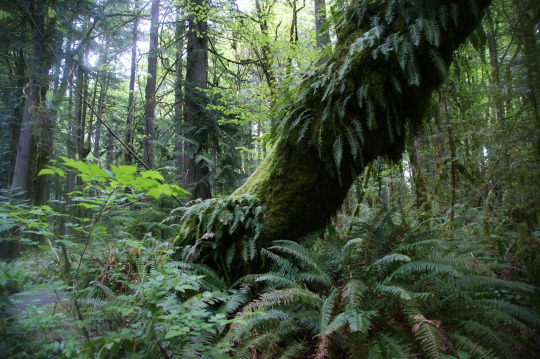
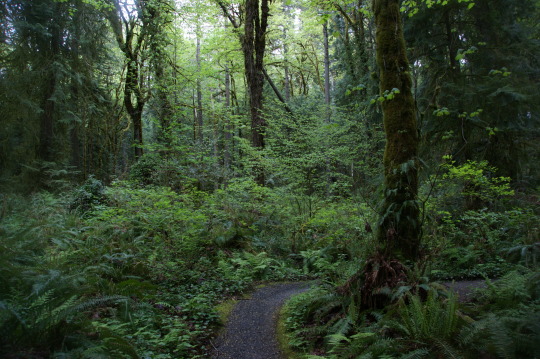
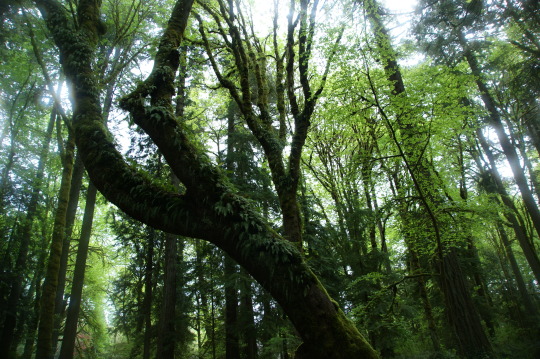
New green in the woods
#forests#forest aesthetic#pnw#washington state#squaxin park#trees#ferns#moss#in the woods#spring green
880 notes
·
View notes
Text

No reservation? No problem.
260 notes
·
View notes